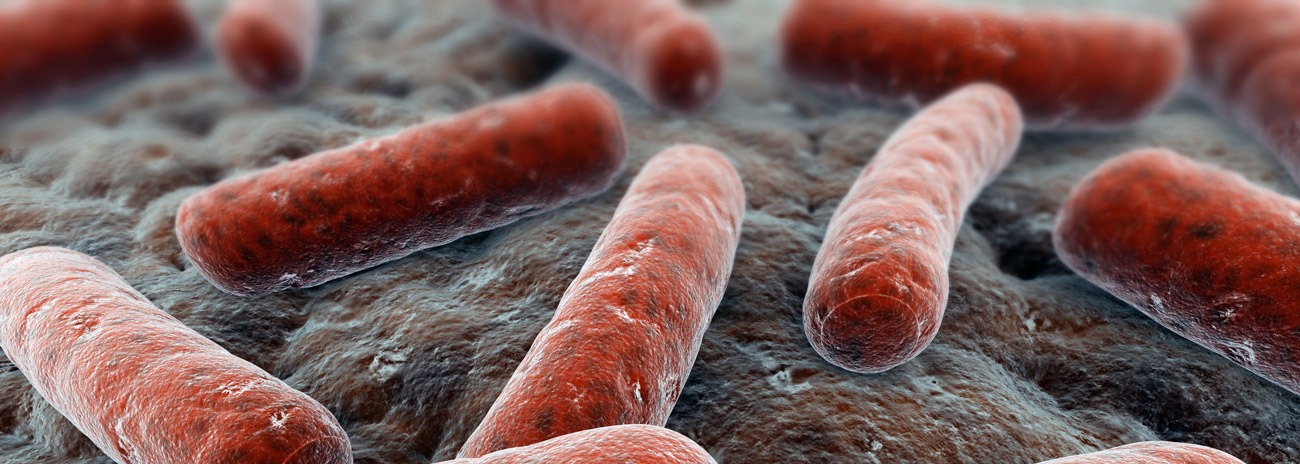This short paper briefly reviews some of the common problems faced by operators of Reverse Osmosis plant installations and looks at ways of overcoming these issues with the aim of improving operational efficiency, water quality and reducing life-cycle costs.
The paper summarises common RO related problems and reviews the need for suitable, but simple treatments that can be used to combat them these issues.
Reverse Osmosis Membranes
All Reverse Osmosis plant installations have at their heart an RO membrane that is essential to the efficient operation of the system.
If the membrane becomes damaged in any way it can lead to reduced output, increased operational costs and poor water quality.
It is therefore vital to keep the membrane protected, clean and free of contaminants and so operating at optimum efficiency.
RO Membrane Composition
Most RO membranes are formed from hollow fibre or thin film composite sheets with the membrane allowing the passage of purified water through the membrane and the rejection of any dissolved solids or contaminants contained in the feed water.
Membrane Contamination
As the raw water passes along the membrane surface the solids concentration increases and some sparingly soluble salts begin to exceed their solubility and precipitate.
When precipitated onto the membrane surface these salts result in fouling which can lead to reduced output and increase water conductivity.
Calcium Carbonate and Calcium Sulphate
The most problematic of these solid membrane contaminants are calcium carbonate and calcium sulphate and so the prevention of their precipitation is vital if the membrane is to function efficiently.
Traditionally, the method used to prevent the precipitation of calcium carbonate and calcium sulphate on the RO membrane was to pre-treat, to “de-alkalise” the feed water using sulphuric acid and so prevent calcium carbonate precipitation.
However sulphuric acid is hazardous, increases the sulphate concentration and also increases the corrosivity of the water on both sides of the membrane.
This caused a reduction in the recovery rate of the RO plant, eliminated calcium sulphate precipitation but also reduced the efficiency of the plant and hence increased operating costs.
RO Membrane Antiscalants
To overcome these problems and improve plant efficiency the technical specialists at Accepta recommended that a suitable RO membrane antiscalant is employed.
Suitable membrane antiscalants should have the following characteristics:
- Safe to handle and safe to use
- Good scale prevention
- Membrane compatible
- Effective across a wide pH range
- Compatible with other RO products
- Cost effective
Residual Iron Levels
It is also normal operating practice to ensure residual iron levels in the RO feed water are kept as low as possible, normally below a maximum set by the membrane manufacturers.
Precipitated iron is a membrane foulant and adversely affects the performance of many membrane scale inhibitors.
With this in mind it is important to design chemical and reverse osmosis maintenance programs that are capable of meeting all of the above to ensure optimum plant performance and problem free operation.
Additional information
For additional information, expert advice, application procedures and Safety Data information relating to our range of reverse osmosis membrane treatment chemicals please contact Accepta’s technical support specialists on +44 (0) 161 877 2334 or fill out the contact form.







